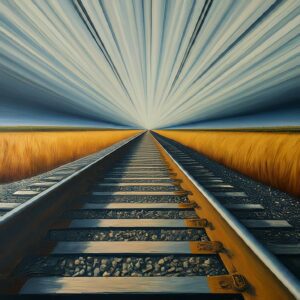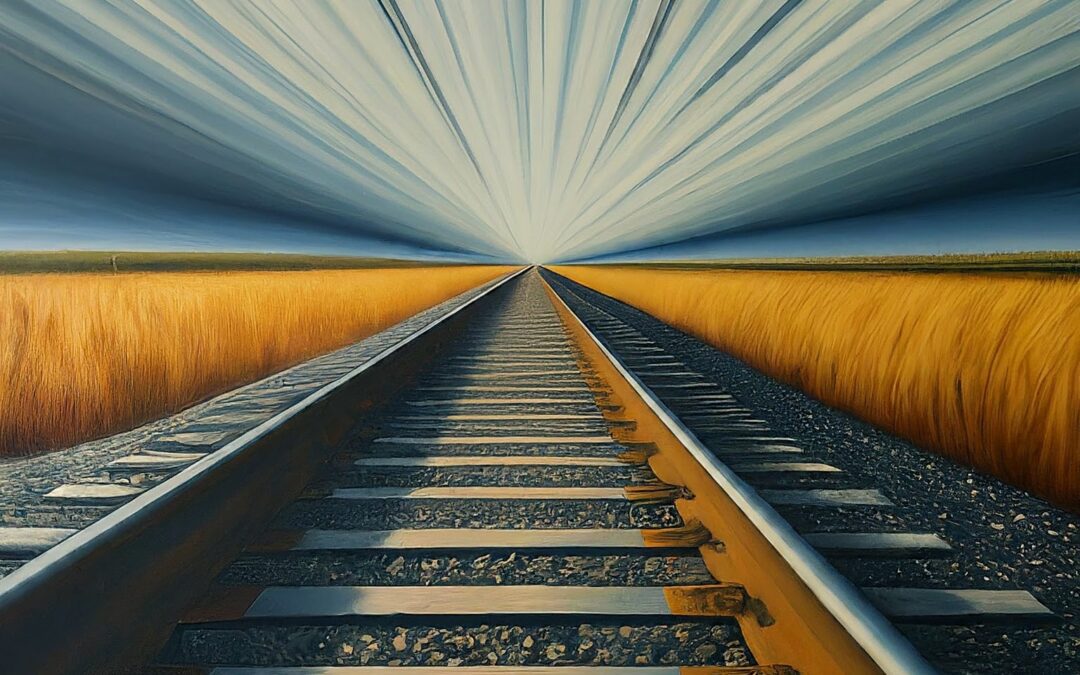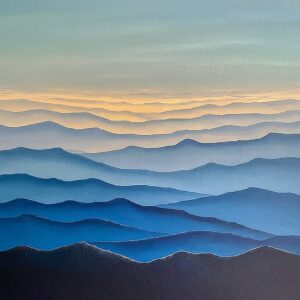For centuries, artists have sought to capture the depth and complexity of the world on flat surfaces. While a blank canvas may seem like an insurmountable challenge, a few key techniques called perspectives unlock the magic of depicting three-dimensionality. Today, we’ll delve into three essential ones: linear perspective, aerial perspective, and light perspective.
1. Linear Perspective: Where Lines Converge
Imagine standing on a railroad track, stretching endlessly towards the horizon. The parallel lines of the tracks seem to shrink and eventually meet at a single point in the distance. This is the essence of linear perspective, a mathematical system that uses converging lines to create the illusion of depth.

2. Aerial Perspective: Hazy Hues of Distance
Have you ever gazed at distant mountains, their details blurred by a veil of blue haze? This atmospheric effect is captured in aerial perspective. As light travels through air, it scatters, affecting the colors and clarity of objects in the distance. Distant objects appear paler, less detailed, and often tinged with blue or gray.
Leonardo da Vinci was a pioneer of aerial perspective, using it to create depth and atmosphere in his landscapes. Monet’s impressionistic works also masterfully showcase this technique, with their hazy forms and soft colors evoking the feeling of looking through a misty lens.
3. Light Perspective: Where Shadows Tell the Story
Light doesn’t just illuminate objects; it sculpts them, creating shadows that reveal their form and position. Light perspective utilizes the way light falls on objects to define their three-dimensionality. Closer objects have sharper, darker shadows, while distant ones have softer, diffused shadows.
Caravaggio, the master of chiaroscuro, employed dramatic light and shadow to create intense depth and realism in his paintings. Modern artists like Hopper also use light perspective to imbue their scenes with mood and atmosphere.
The Interplay of Perspectives
Remember, these perspectives don’t operate in isolation. Great artists often use them in combination to create truly immersive and believable spaces. By understanding how lines converge, colors fade, and light sculpts form, you can add depth and dimension to your own artistic endeavors, whether on canvas, paper, or even digitally.
So, the next time you gaze at a masterpiece or even a breathtaking landscape, pay attention to how the artist uses these techniques to draw you into their world. With a little practice and understanding, you too can unlock the power of perspective and create art that comes alive.



